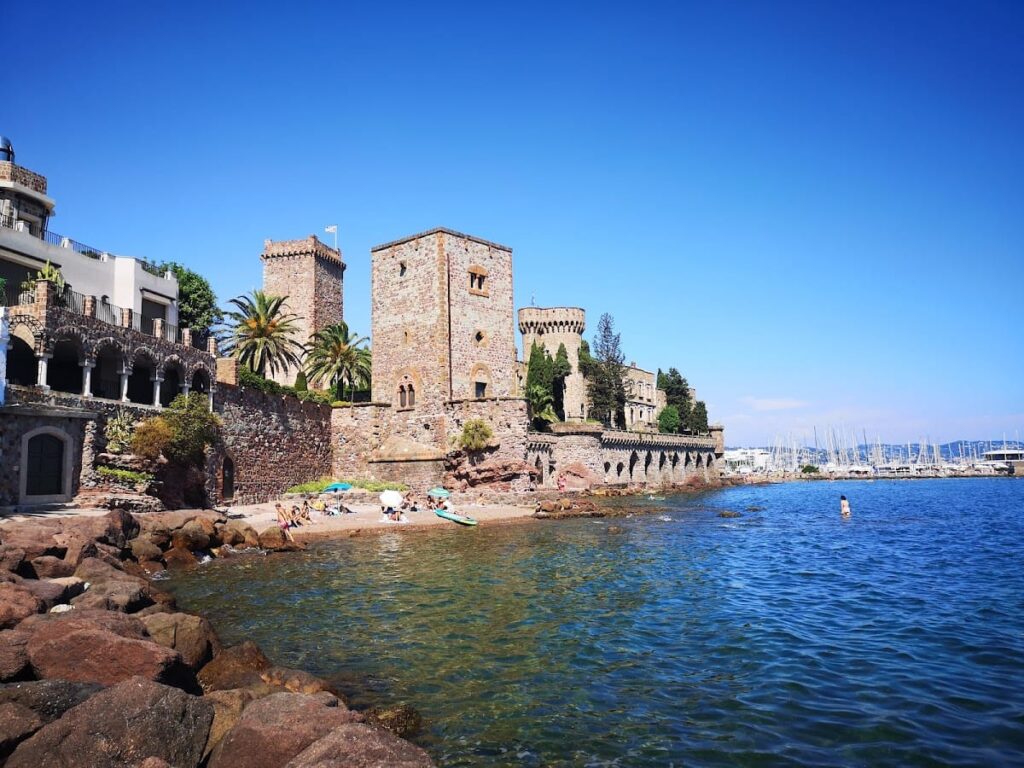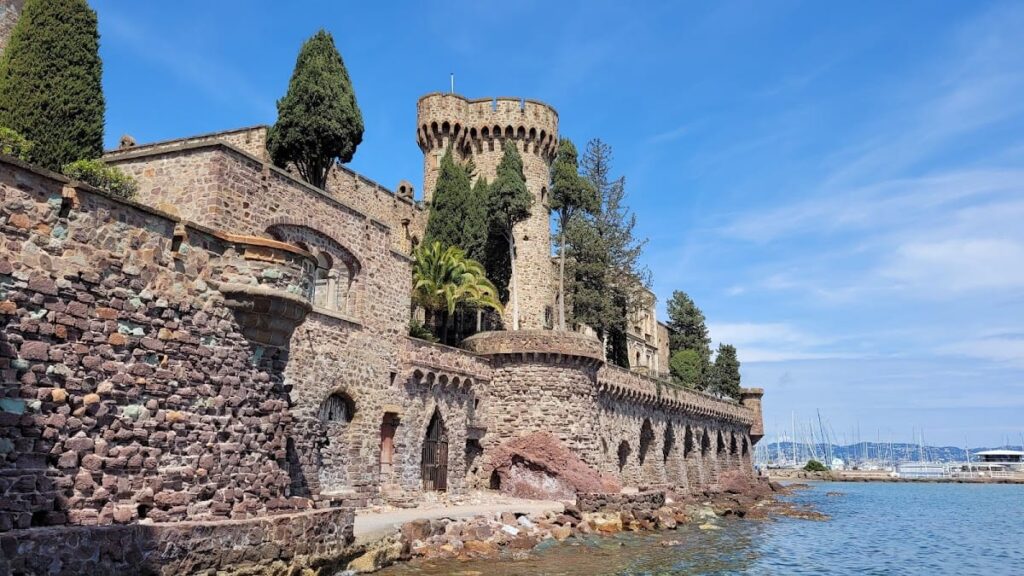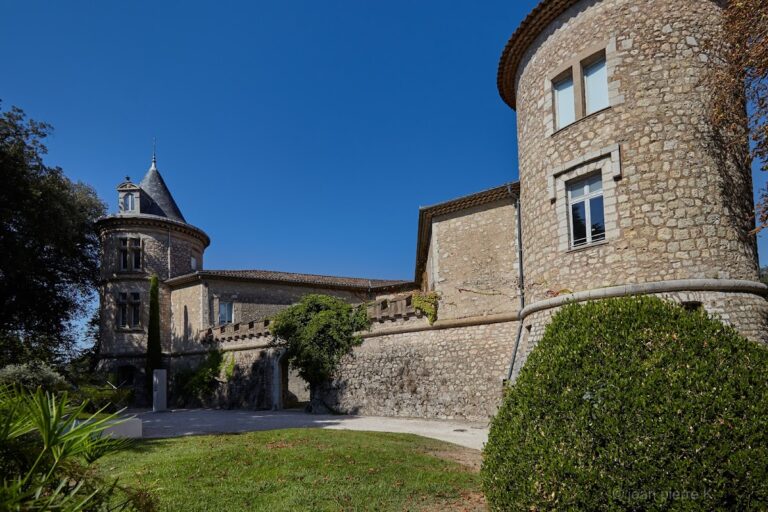Château de la Napoule: A Historic Coastal Castle in Southeastern France
Visitor Information
Google Rating: 4.6
Popularity: Medium
Google Maps: View on Google Maps
Official Website: www.lnaf.org
Country: France
Civilization: Medieval European
Remains: Military
History
The Château de la Napoule is located near Mandelieu-la-Napoule in the Alpes-Maritimes department on the Mediterranean coast of southeastern France. Its origins trace back to a fortified site known as Avignonet, first recorded in the 9th century. Initially under church authority, the area later came under the control of the Villeneuve-Tourettes family from the late 13th century, who began constructing the castle in the 14th century.
Throughout the Middle Ages, the castle and surrounding village faced repeated attacks and destruction. In 1387, Raimond de Turenne destroyed the fortress during regional conflicts. The site suffered further damage in 1530 when the corsair Barberousse raided the coast. Between 1589 and 1590, Savoyard troops inflicted additional harm. These events led to cycles of depopulation and rebuilding, with the castle’s defenses strengthened in the 15th century to protect against maritime threats.
By the 19th century, the medieval castle had fallen into ruin and was repurposed as a glass factory. This industrial use caused the loss of much of the original structure. In 1876, the property was sold and reconstructed as a manor house on the old foundations, a project completed in 1880 that marked a shift from fortress to residence.
In 1918, American sculptor Henry Clews Jr. and his architect wife Marie acquired the château. They undertook extensive restoration and expansion in a neo-medieval style, adding artistic elements that reflected their personal vision rather than historical accuracy. Their work included new wings, towers, and decorative sculptures. The couple lived at the château until 1930.
During World War II, German forces occupied the castle and incorporated it into coastal defenses. They built a blockhouse in the garden, damaging part of the medieval wall. After the war, Marie Clews restored the damaged sections. Since 1951, the château has been owned by the La Napoule Art Foundation, established by Marie Clews to promote cultural activities.
The château and its gardens have been officially protected as historic monuments since 1947. The gardens received the “Jardin remarquable” label in 2005, recognizing their artistic and horticultural value.
Remains
The Château de la Napoule occupies a rocky promontory overlooking the sea, originally designed as a fortified complex. The medieval castle featured four towers, including a large main tower facing inland, surrounded by defensive walls enclosing a courtyard with various outbuildings.
The 19th-century reconstruction replaced much of the ruined medieval fabric with a Provençal-style manor house built on the original foundations. This manor includes oak doors and windows, marble fireplaces, tiled floors, and a spacious courtyard with outbuildings and a nearby church.
Between 1919 and 1930, Henry and Marie Clews added several structures reflecting a neo-medieval and Art Nouveau style. These include a south-west wing with a sculptor’s studio next to the Great Tower, a semi-cylindrical tower with machicolations attached to the dining hall, a cloister gallery, and a detached tower called La Mancha built in 1927 on newly acquired land.
On the sea-facing side, a terrace-balcony supported by a cryptoporticus—a covered passageway with vaulted arches—was constructed. The manor’s roof was modified to include a crenellated terrace. The lower courtyard was transformed into an Anglo-Provençal garden featuring a monumental gatehouse and a gardener’s house.
Marie Clews designed the gardens starting in 1919, blending French formal elements such as grand alleys, basins, fountains, and a well with English landscape features. The grounds include three smaller Italian-style gardens: the Garden de la Mancha near the La Mancha tower and family mausoleum, terraces overlooking the Bay of Cannes planted with cypress and rosemary, and a secret garden with sea views and a Venetian well.
Several garden structures, including the concierge’s lodge, chapel, garden tower, pergola, and garden bridge, are individually protected as historic monuments. The castle’s walls and sculptural decorations by Henry Clews, featuring fantastic beasts and fairy tale inscriptions, remain prominent artistic features.
During World War II, a German-built blockhouse was added in the northeast garden, damaging part of the medieval garden wall. This wall was restored in 1950. The château’s sculpture studio and many of its artistic elements survive in situ, reflecting the Clews’ creative legacy.







